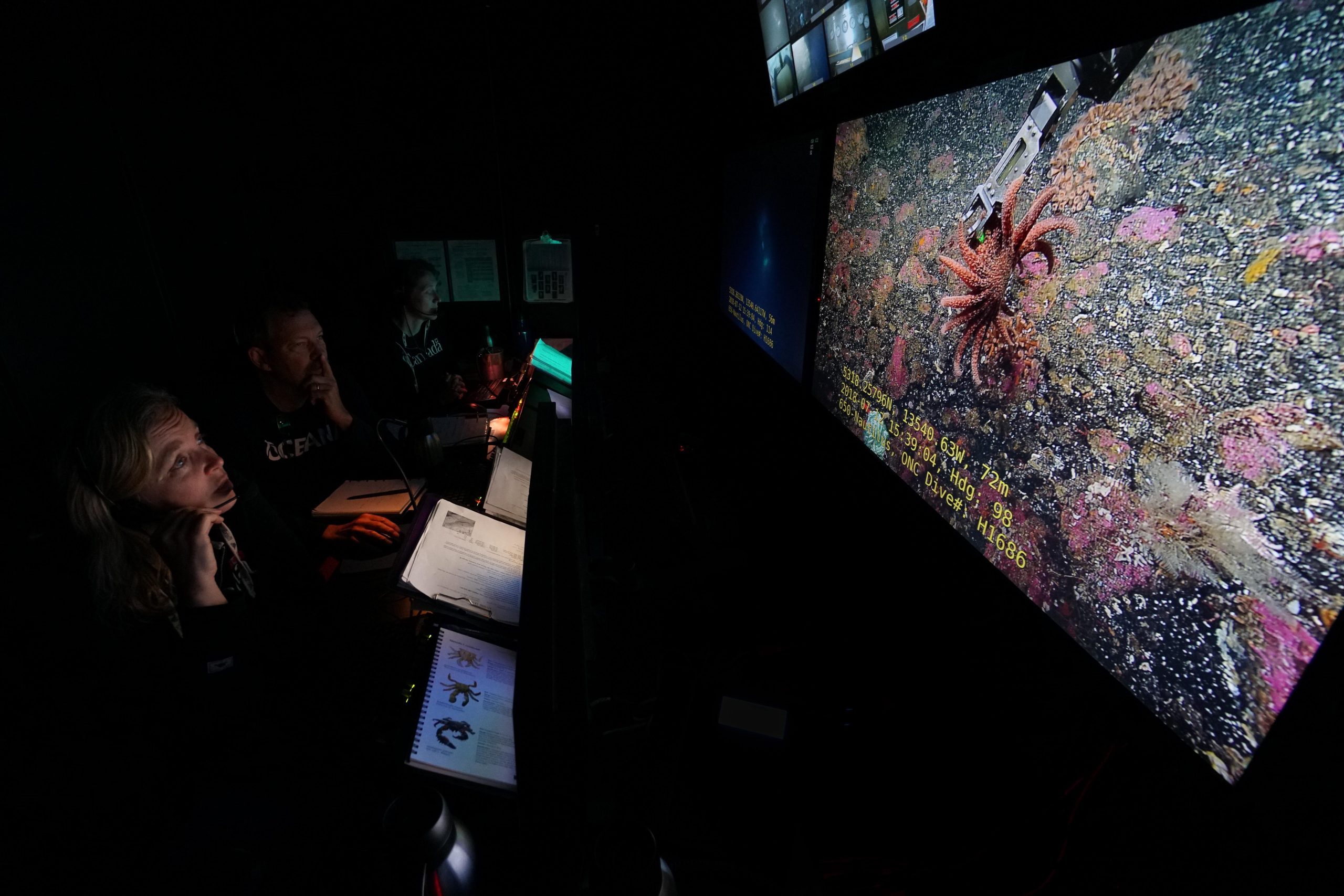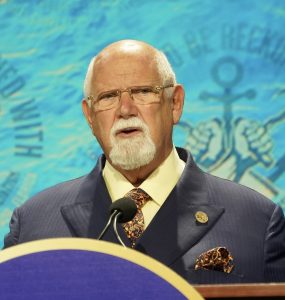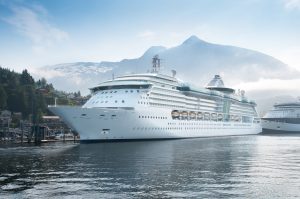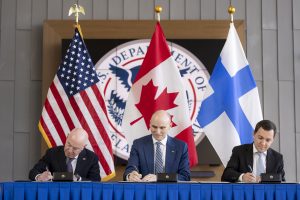Vancouver – The Council of the Haida Nation, Nuu-chah-nulth Tribal Council, Pacheedaht First Nation, Quatsino First Nation and Fisheries and Oceans Canada have announced the designation of Tang.ɢwan — ḥačxwiqak — Tsig̱is as a Marine Protected Area (MPA). This large ecologically unique ocean area located approximately 150 kilometres off the west coast of Vancouver Island, is now Canada’s largest MPA designated under the Oceans Act via Governor in Council.
Covering 133,017 square kilometers, the Tang.ɢwan — ḥačxwiqak — Tsig̱is MPA is home to extraordinary seafloor features, including more than 47 underwater mountains, known as seamounts, and all known confirmed hydrothermal vents in Canada. These deep-sea biological “hotspots” support rare and unique deep-water species that are both remarkable and culturally important.
Formerly known as the Offshore Pacific Area of Interest, this deep-water ocean area was first identified for protection in May 2017 and measures to prevent certain fishing activities were subsequently put in place. In 2023, the Council of the Haida Nation, the Nuu-chah-nulth Tribal Council, Quatsino First Nation, Pacheedaht First Nation and Canada signed a Memorandum of Understanding outlining how the parties will collaboratively manage the Tang.ɢwan — ḥačxwiqak — Tsig̱is MPA.
In addition to designating this MPA under the Canada’s Oceans Act, each partner First Nation has advanced their own process to designate the area. Ensuring full protection of this important area has been a collaborative effort centered on marine protection and reconciliation.
Oceana Canada applauds initiative
Oceana Canada applauded the Fisheries and Oceans Canada (DFO) announcement that protects 93% of Canada’s known seamounts, marking a significant step toward preserving marine biodiversity.
“Oceana Canada has been advocating for the protection of these vital underwater ecosystems since 2018,” said Dr. Robert Rangeley, Oceana Canada’s Science Director.
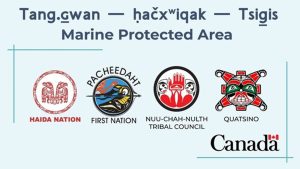
(Photo from Fisheries and Oceans Canada shows scientists collect samples from the seafloor using a remotely operated vehicle.)


